In an increasingly technology-driven world, teaching children about machine learning and AI is essential to equip them with the skills and knowledge needed to thrive.
Technology literacy is vital, but it can be hard to keep up with ever-changing technologies in the classroom. Marty the Robot, with 4 different coding environments and numerous extensions, can be used across age groups and to teach a variety of STEM skills. Keep reading to find out how to use Marty the Robot to teach AI and Machine Learning in a fun, exciting and engaging way!
How to Use Marty the Robot to Teach AI and Machine Learning
Using the step-by-step instructions in our User Guides, we created a project to change Marty’s eye colour in response to the colored tiles you can find in our class packs. This update allows the user to create machine learning models for use with MartyBlocks projects quickly and easily.
Training the Model
First, we created our four classes in our MartyBlocks Machine Learning extension. These were, “Red”, “Purple”, “Green” and “Control”.
Using the webcam on a laptop, we took photos of the color tiles to use as image samples. We also took image samples of no color tile being shown to the camera, to use as the “Control” class. Remember, the more data that the models are trained on, the better they will be.
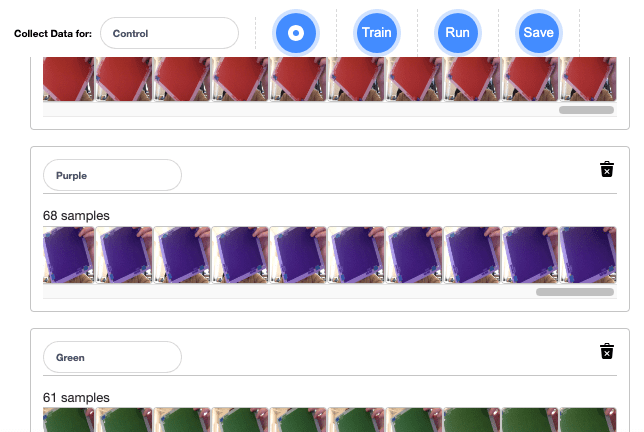
Using the code as instructed in our Image Model Guide, we used event handlers to change the color in Marty’s LED eyes to the color of the tile being shown, or to stay white when no color tile was shown.
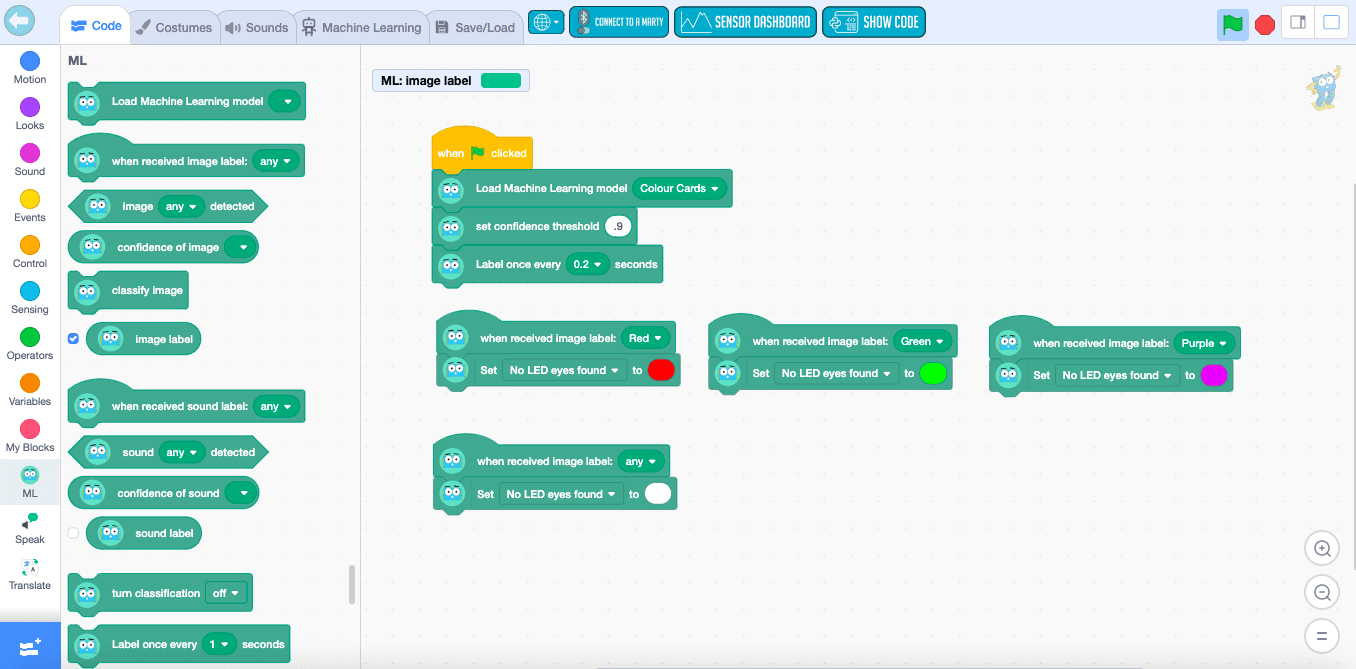
The Results 🎉
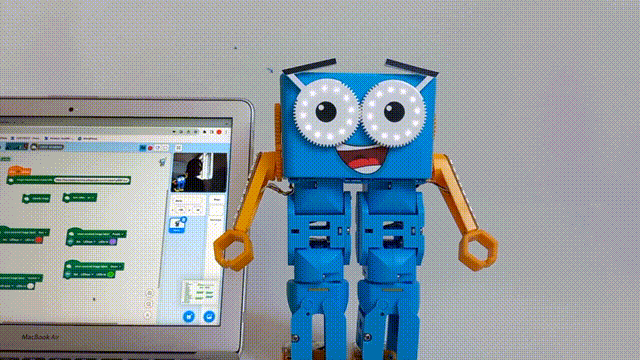
What’s the difference between AI and Machine Learning?
You may have heard the terms “AI” and “Machine Learning” used interchangeably – but what’s the difference? The two are very closely related, but are different when it comes to how they are used and their scope.
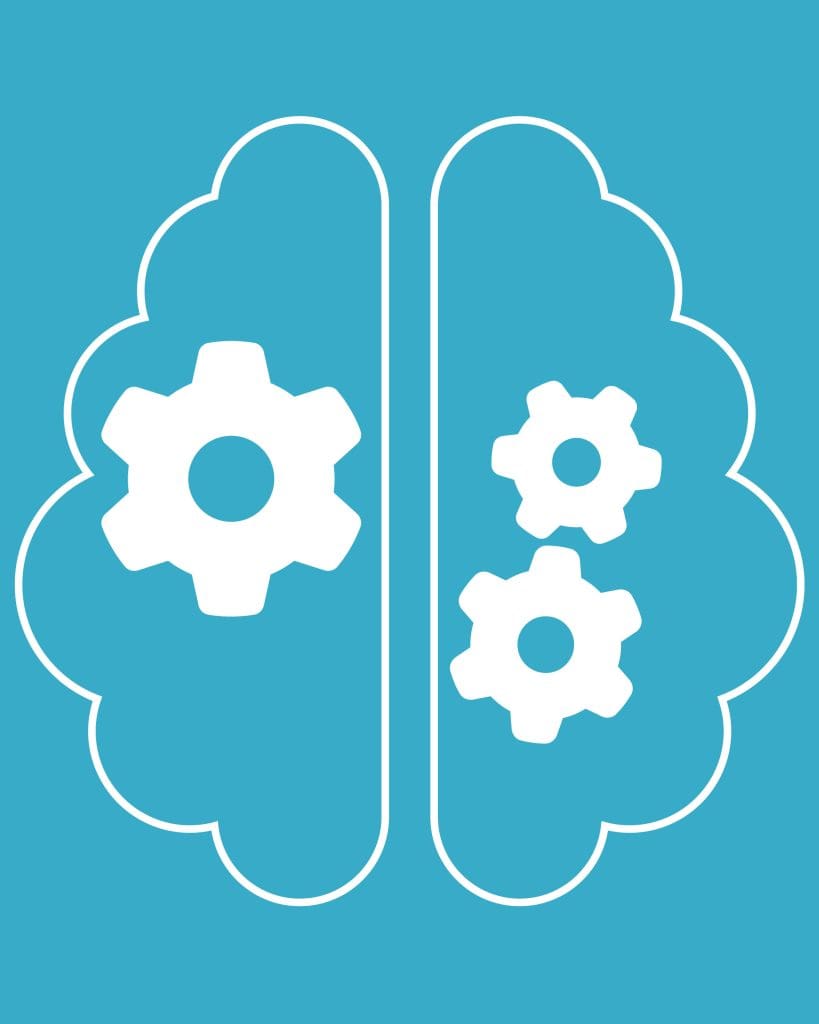
What is Machine Learning?
Machine learning is what enables a machine or system to learn and focuses on teaching computers to learn and make predictions or decisions without being explicitly programmed. Instead of following specific rules, machines analyze data and patterns to improve their performance on tasks. It’s like training a dog to recognize commands by showing it examples and rewarding correct responses. In machine learning, algorithms are used to analyse large amounts of data and then make decisions based on that data. These algorithms improve over time as they are exposed to more and more data – this is known as “training”. The output from running an algorithm on training data is called a “model.” Algorithms learn from data and adapt over time, which makes Machine Learning particularly useful for tasks like speech recognition, image classification, and recommendation systems.
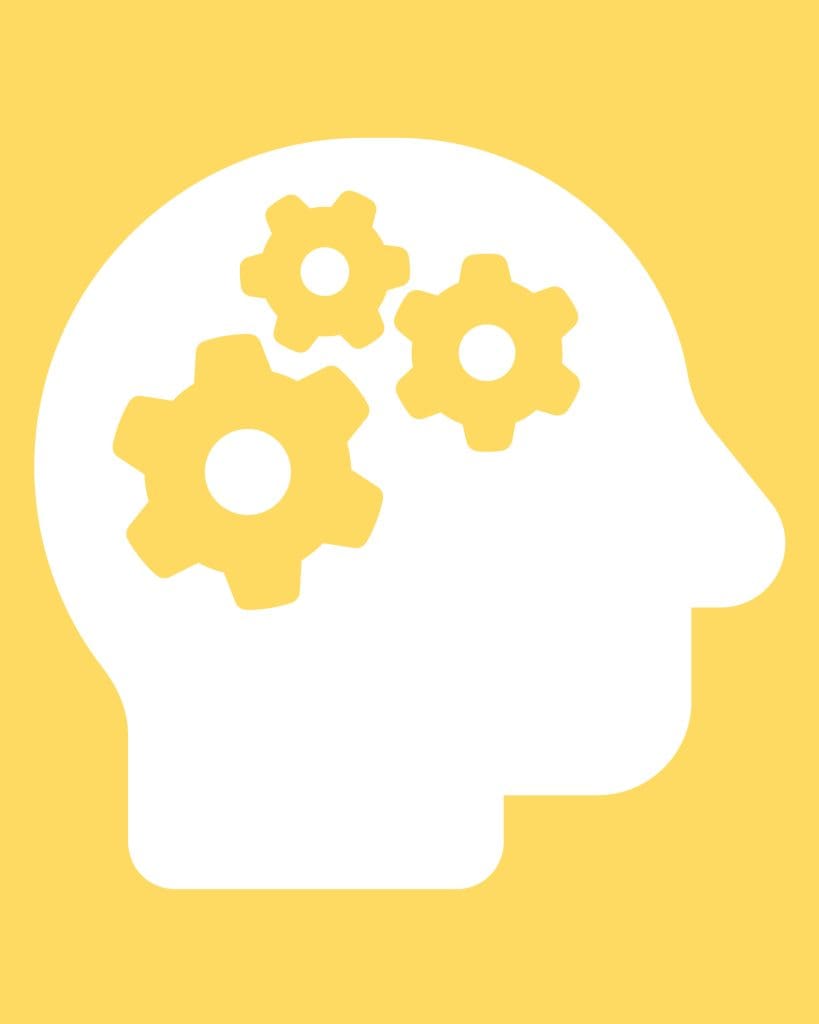
What is Artificial Intelligence (AI)?
Artificial intelligence refers to the use of a set of technologies working together to build computers and machines that have the ability to mimic human intelligence. It is a broader concept that encompasses Machine Learning. AI refers to the development of computer systems that can perform tasks that typically require human intelligence, such as understanding natural language, recognizing images, solving complex problems, and making decisions. Essentially, AI aims to create machines that can think and reason like humans. It can be found in everyday life in virtual assistants like Siri and Alexa, recommendation systems like those on Netflix, and is present in advanced robotics too.
Benefits of Teaching AI and Machine Learning
In an increasingly technology driven world, learning about AI at an early age can help to prepare children for their futures and their future careers. Here are some of the skills that learning about AI can encourage in children.
Teaching children how to code can provide numerous benefits, including:
- Critical Thinking Skills: encourages problem-solving and logical thinking, helping children develop analytical skills.
- Creativity: allows for creative expression and enables children to bring their ideas to life through software and websites.
- Career Opportunities: these are skills which are highly valuable in the job market, and teaching children to code can open up future career opportunities in various industries.
- Technology Literacy: fostering technology literacy by teaching children how software and digital systems work, is increasingly important in today’s digital world.
- Problem Solving: involves breaking down complex problems into smaller, manageable parts, fostering strong problem-solving skills.
- Collaboration: teaching children teamwork and communication skills.
- Adaptability: learning about new technologies now can help children adapt to new technologies and innovations more easily as they grow older.



Other posts you may like
Why Probeware Matters in Science Education
In today’s classrooms, hands-on learning is essential. Students learn best when they can see, measure, test, and experience concepts directly. That’s where probeware comes in. By giving learners the tools...
Raspberry Pi and Marty the Robot
Marty doesn’t require a Raspberry Pi to be programmable in unplugged mode, Blocks Jr, Blocks, or python, but it is super-easy to add a Raspberry Pi computer to Marty the…
The Importance of Physical Computing: Why Hands On Coding Matters
What is physical computing? Physical computing is the use of code to control and interact with devices in the real world. Instead of running programs only on a screen, students...
TRY MARTY
FOR FREE
Are you looking for new STEM resources for your classroom? Robotical are loaning Marty the Robot to schools for no-obligation, 2 week trials.